12 Indoor Plants That Add Life to Your Home During Cold Months
Bringing greenery into your home during the colder months not only brightens up your space but also creates a calming atmosphere. Indoor plants are the perfect way to add life to your home when the outside weather is dreary. Many plants thrive in low light and cooler temperatures, making them ideal for the winter season. Whether you’re new to plant care or an experienced gardener, there are plenty of options that will thrive indoors and enhance your home’s ambiance throughout the cold months.
This post may contain affiliate links, which helps keep this content free. Please read our disclosure for more info.
Snake Plant (Sansevieria)
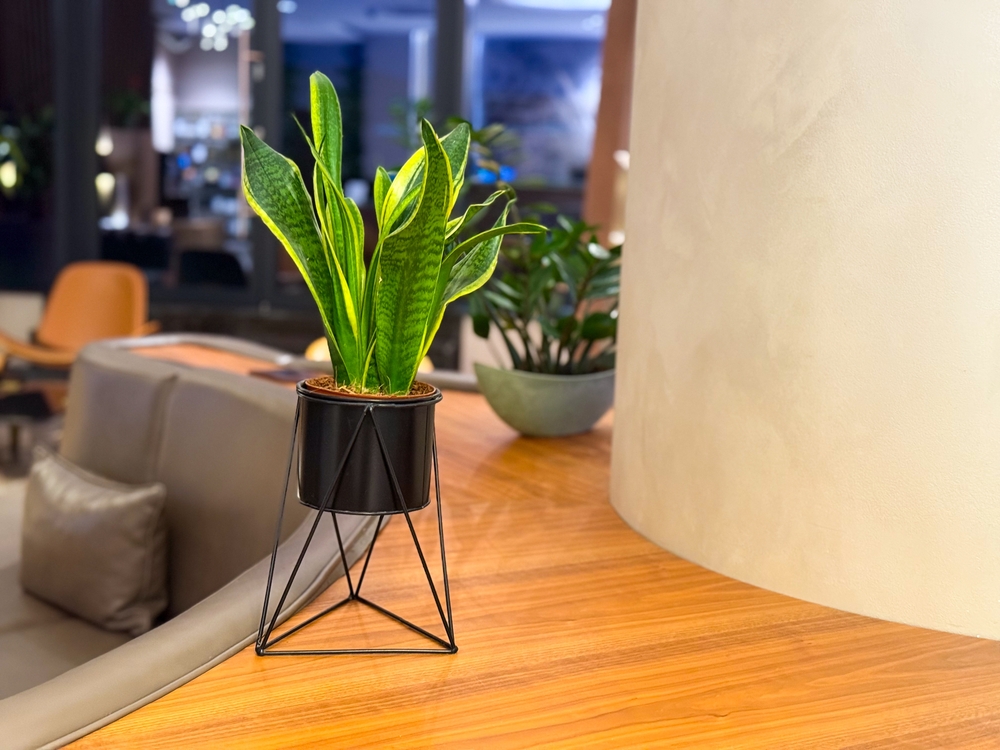
The Snake Plant, also known as “Mother-in-Law’s Tongue,” is a sturdy and adaptable plant that can thrive in almost any condition. Its striking upright, sword-like leaves with patterns ranging from dark green to yellow-edged make it a fantastic focal point for any room. During the cold months, this plant flourishes even in lower light, which is common during winter due to shorter days. Not only does it add aesthetic appeal, but the Snake Plant also works as a natural air purifier, removing toxins like formaldehyde and benzene from the air, helpful during the dry indoor conditions that often come with heating.
In addition to its hardy nature, the Snake Plant requires minimal watering and can survive on very little attention. It can go weeks without water, making it the perfect option for busy individuals who are concerned about plant care. Place it in indirect light, and it will thrive through the colder months, offering fresh air and a beautiful green touch to your home.
ZZ Plant (Zamioculcas zamiifolia)
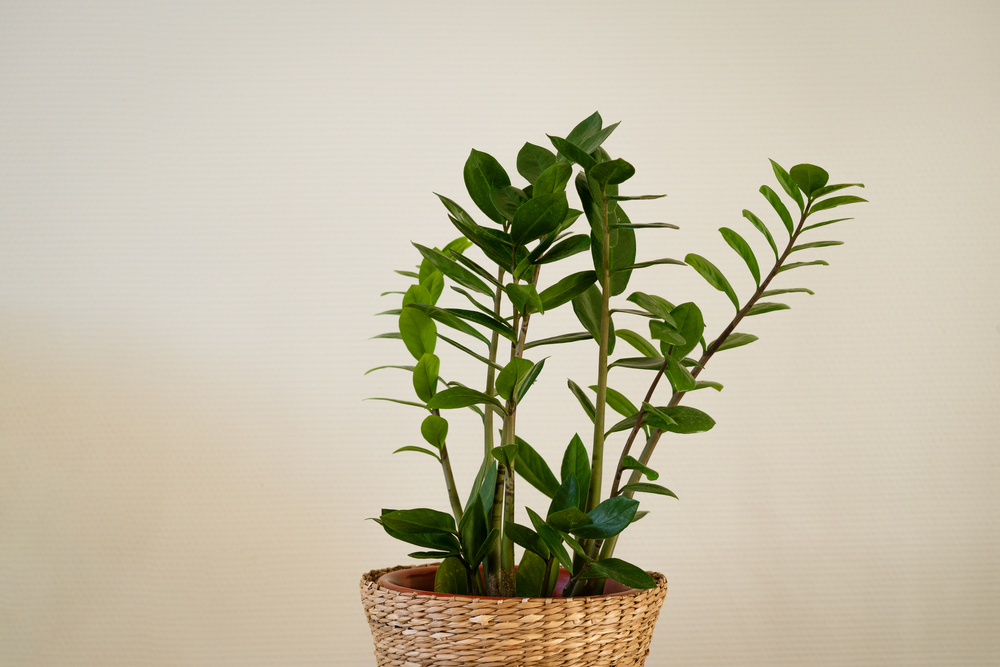
The ZZ Plant is a resilient and visually striking houseplant, ideal for brightening up indoor spaces during the winter. With its shiny, waxy green leaves and upright structure, it creates a clean, modern look. The ZZ Plant can tolerate low light, making it perfect for those long, dark winter days when the sunlight is scarce. This plant is especially valuable for spaces with minimal natural light, as it can thrive even in these conditions.
Another great feature of the ZZ Plant is its ability to handle fluctuating temperatures and dry air, both common during the winter months. It stores water in its rhizomes, allowing it to go without watering for long periods. For busy plant owners or those new to gardening, the ZZ Plant is an excellent low-maintenance option that will bring life and fresh air into your home during the colder seasons.
Pothos (Epipremnum aureum)
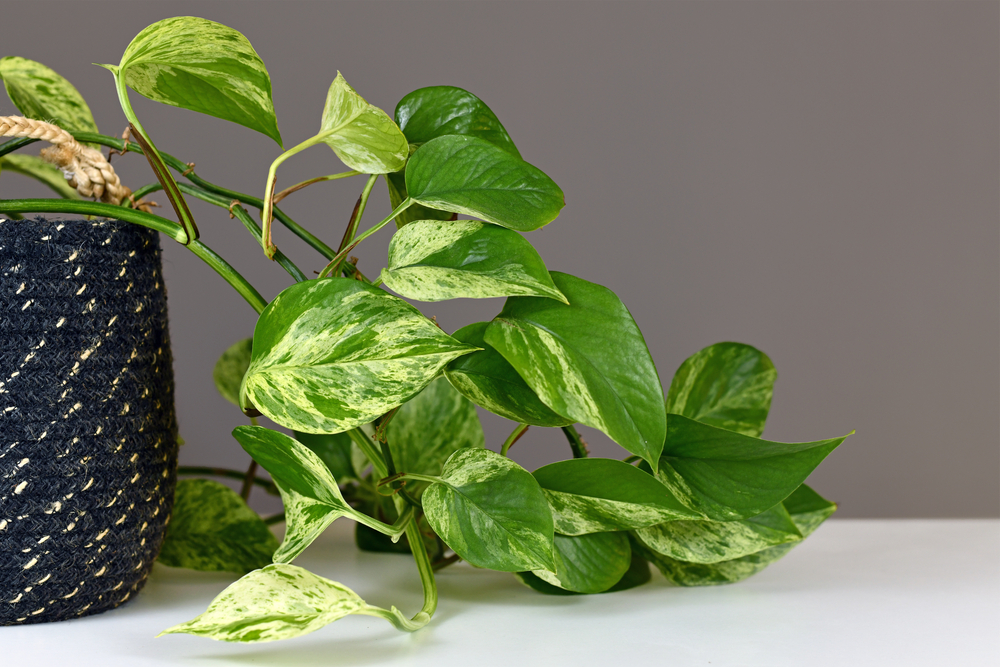
Pothos is one of the most versatile and easy-to-care-for indoor plants, making it a fantastic option for winter months when you might not have the time to tend to plants frequently. This trailing vine is known for its vibrant, heart-shaped leaves that come in various shades of green, yellow, and white. It thrives in a variety of conditions, including low light, which makes it an excellent choice for the dimmer indoor lighting that can occur during the colder months.
Pothos is incredibly forgiving, thriving on minimal care. It only needs to be watered when the soil feels dry, which is perfect for people who may forget regular watering. Whether you place it on a shelf, let it hang from a planter, or train it to climb, Pothos can be a dynamic addition to your home, infusing it with color and life even when the days are grey and cold.
Spider Plant (Chlorophytum comosum)
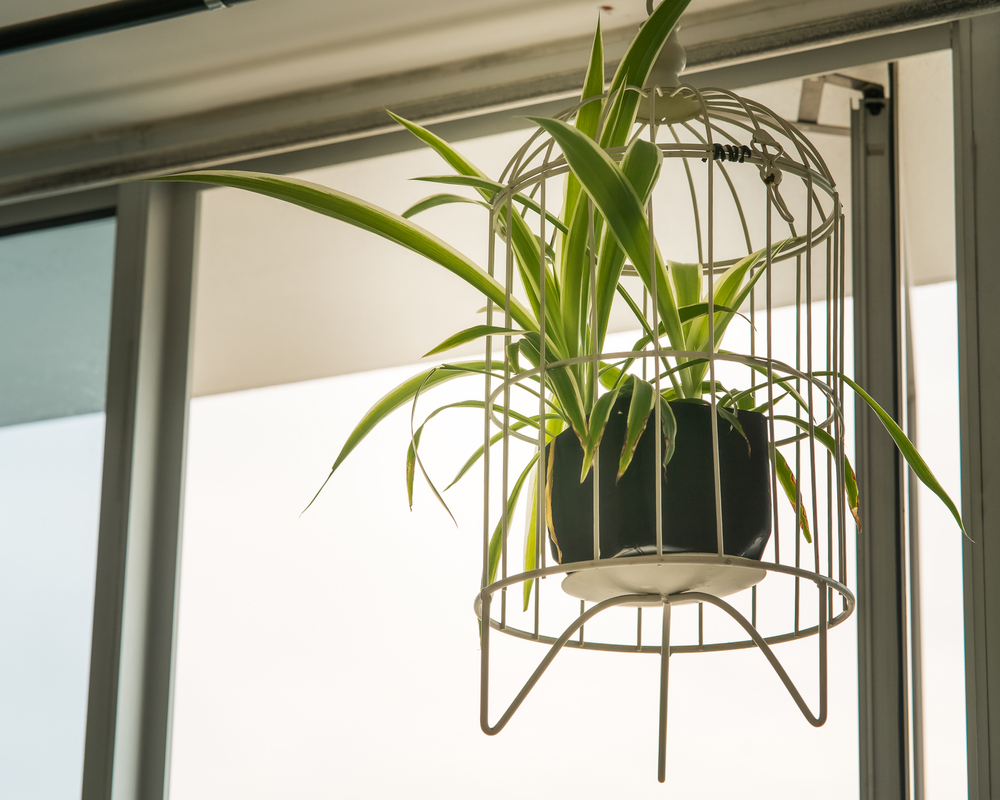
The Spider Plant is another excellent winter houseplant that thrives in low-light conditions and adds vibrant greenery to your home. Known for its long, arching leaves and “babies” or offshoots that hang from the mother plant, the Spider Plant has a fun, unique appearance that can enliven any space. During winter, this plant does particularly well when placed in indirect sunlight, making it a great addition to rooms with limited natural light.
Spider Plants are relatively easy to care for and thrive in slightly cooler temperatures, which makes them perfect for the winter months when indoor heating can dry out the air. With regular but infrequent watering, the Spider Plant will flourish and produce new offshoots. This plant can be particularly fun for families or anyone who enjoys watching their plants grow and spread through their natural reproduction.
Jade Plant (Crassula ovata)
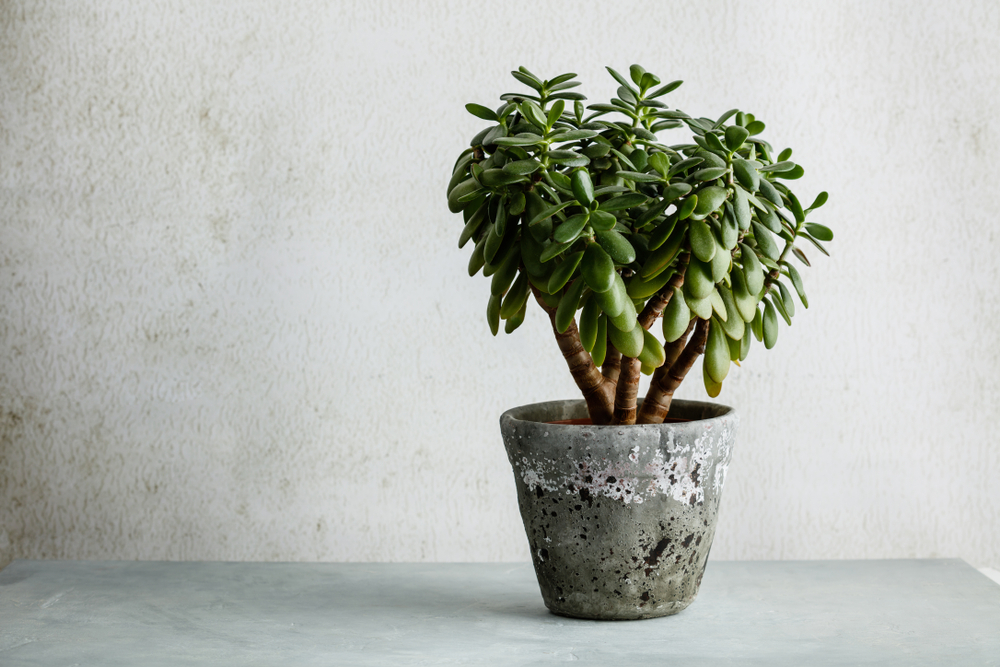
The Jade Plant, a succulent known for its thick, fleshy leaves, is an excellent option for those seeking a hardy, drought-tolerant plant to add to their home during the colder months. Often referred to as the “money tree,” the Jade Plant is a symbol of prosperity, making it a popular choice for indoor gardens. This plant thrives in bright, indirect light but can tolerate lower light levels as well. Its thick leaves retain moisture, so it doesn’t require frequent watering, which is perfect for winter when indoor humidity levels are low.
Jade Plants are also highly adaptable to temperature changes, making them ideal for fluctuating indoor temperatures that often occur with winter heating systems. They add a sense of calm and peacefulness to your home and can even be pruned to maintain their desired shape. With minimal care and attention, the Jade Plant will continue to thrive through the cold months, providing lasting beauty and a touch of luck.
Christmas Cactus (Schlumbergera spp.)
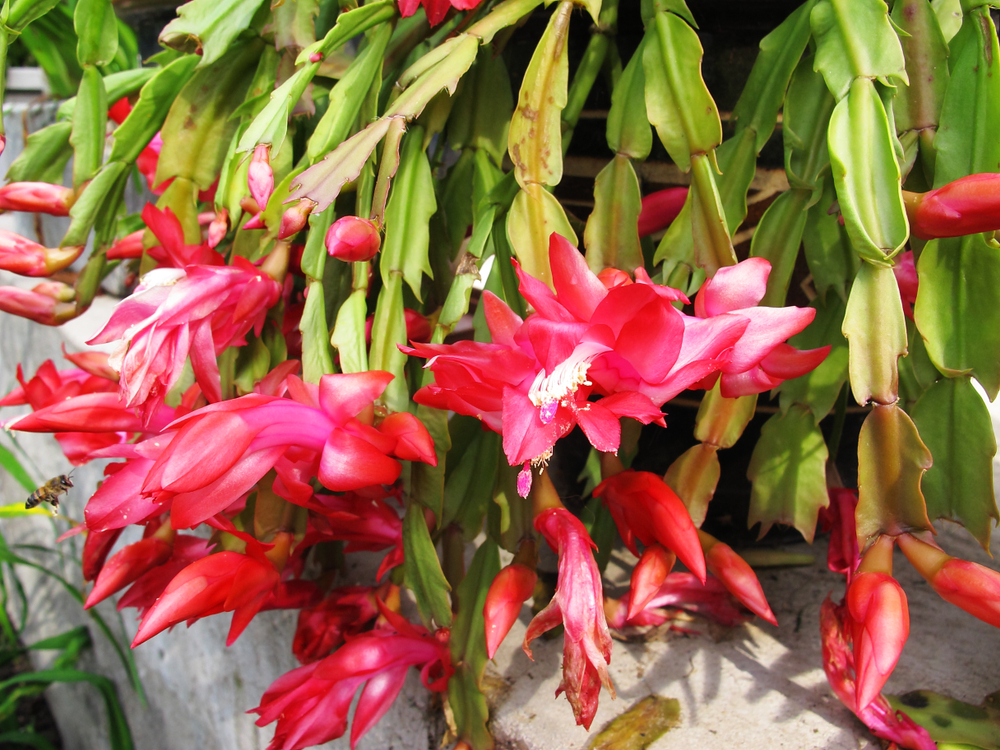
The Christmas Cactus is one of the few indoor plants that actually blooms in winter, making it a popular holiday plant. Its colorful, tubular flowers bloom in shades of red, pink, and white, creating a stunning display of color during the darker months. Unlike many cacti, the Christmas Cactus does not require direct sunlight, making it ideal for homes with lower light conditions during winter. It thrives in a cool, dry environment, and its flowers last for weeks, providing color and life during the cold season.
In addition to its beautiful blooms, the Christmas Cactus is relatively easy to care for. It prefers soil that is kept slightly moist but not overly wet, and it will benefit from occasional misting to maintain humidity. The Christmas Cactus is perfect for bringing a festive touch into your home and requires minimal care to provide stunning blooms that last through the winter season.
Peace Lily (Spathiphyllum)
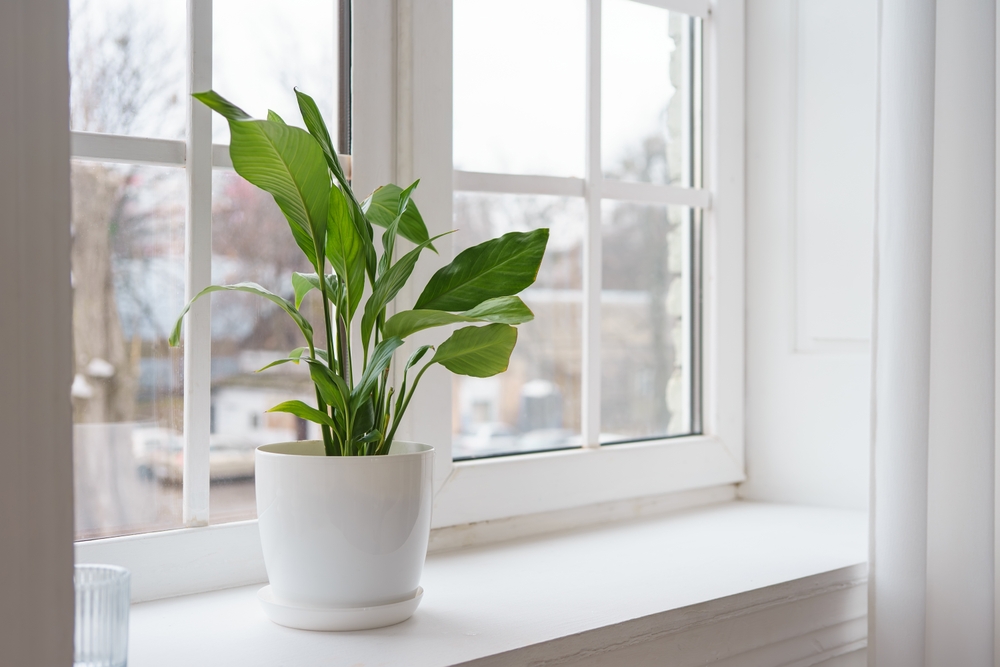
The Peace Lily is a classic indoor plant that not only adds beauty to your home but also purifies the air, making it an excellent choice for winter when indoor air can become stuffy. With its glossy green leaves and striking white flowers, the Peace Lily thrives in low to medium light and requires only moderate watering, making it a low-maintenance option. The Peace Lily can brighten up any corner of your home and will continue to thrive indoors through the colder months.
This plant is particularly valuable during winter because it can help improve indoor air quality by removing toxins like ammonia, benzene, and formaldehyde. It’s also known for being quite resilient; as long as it’s watered when needed, the Peace Lily can adapt to varying conditions. Whether placed in the living room or bathroom, it will help keep your indoor space feeling fresh and lively during the colder, darker months.
Aloe Vera
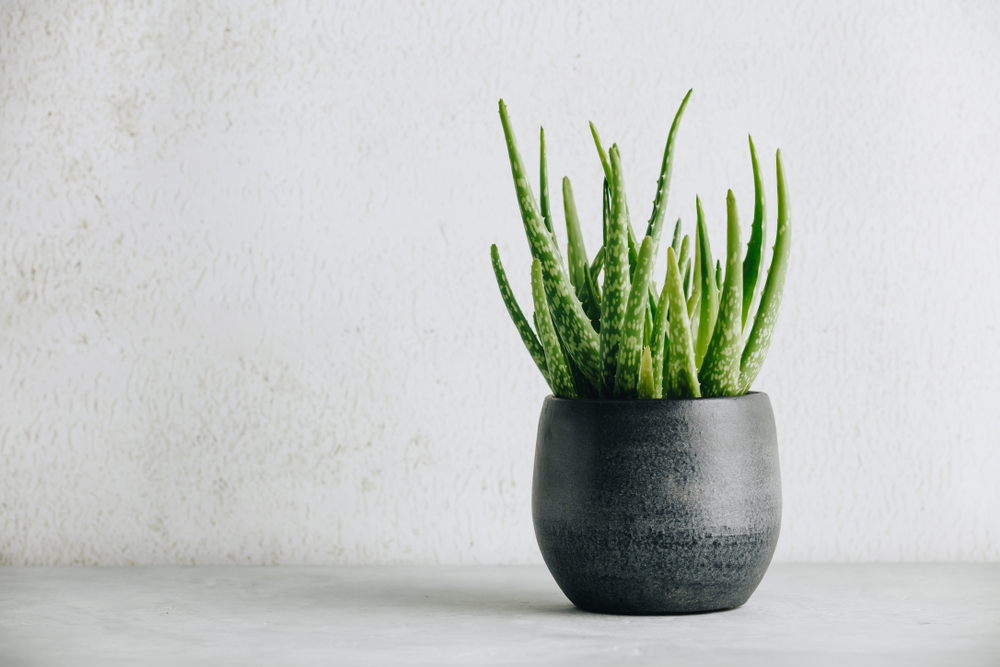
Aloe Vera is not only a beautiful succulent that adds texture and interest to your indoor space, but it’s also incredibly hardy, making it a perfect addition to your home during the winter months. Known for its healing properties, Aloe Vera is often used for skin care, particularly to soothe burns and cuts. This plant does well in bright, indirect light and requires minimal watering, which is ideal during winter when over-watering can be a concern.
Aloe Vera thrives in dry conditions and cooler temperatures, making it well-suited for the fluctuating indoor climate that often comes with winter heating. With its thick, fleshy leaves, Aloe Vera stores water, so you won’t need to worry about frequent watering. It’s a fantastic plant for busy homeowners or those looking for a low-maintenance, functional addition to their indoor space.
English Ivy (Hedera helix)
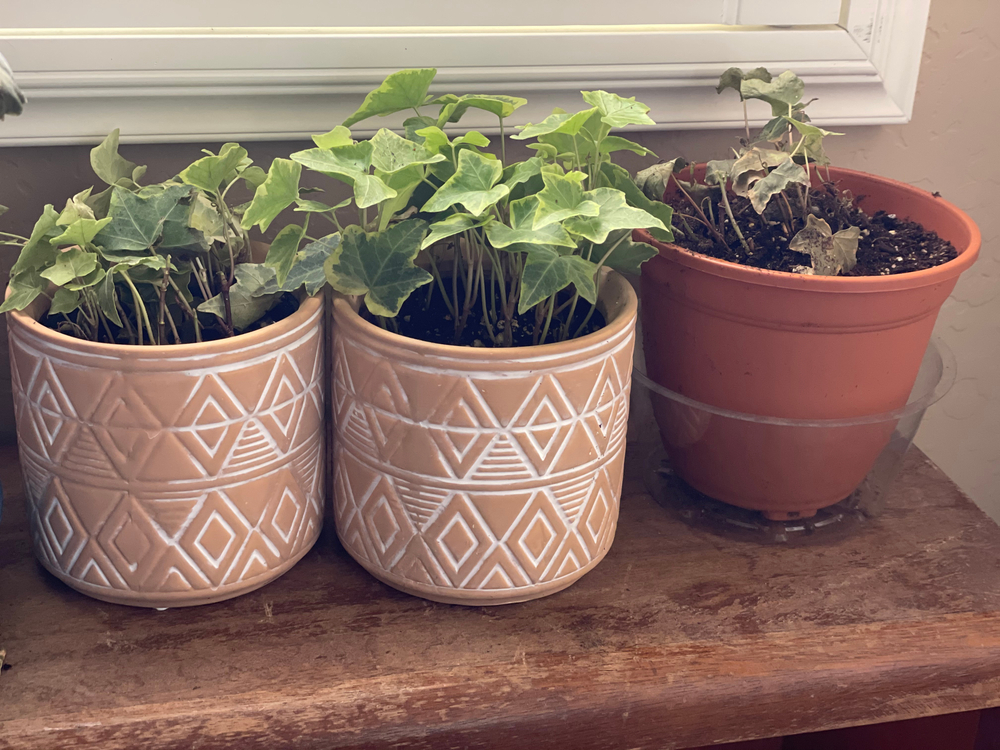
English Ivy is an excellent plant for adding greenery and life to your home during the cold months. It’s particularly versatile, able to climb trellises or cascade down from hanging baskets. Ivy thrives in low to moderate light and is very forgiving, making it ideal for dim winter environments. The plant’s trailing vines are a striking addition to any room, and its ability to tolerate the low humidity that often accompanies indoor heating makes it a great winter plant.
This plant is also very low-maintenance and does well in cooler temperatures, making it ideal for winter care. English Ivy can be pruned back to maintain a desired shape, and with regular watering, it will flourish indoors. Whether placed in a decorative pot or hanging planter, it will bring a refreshing touch of greenery to any corner of your home.
Fiddle Leaf Fig (Ficus lyrata)
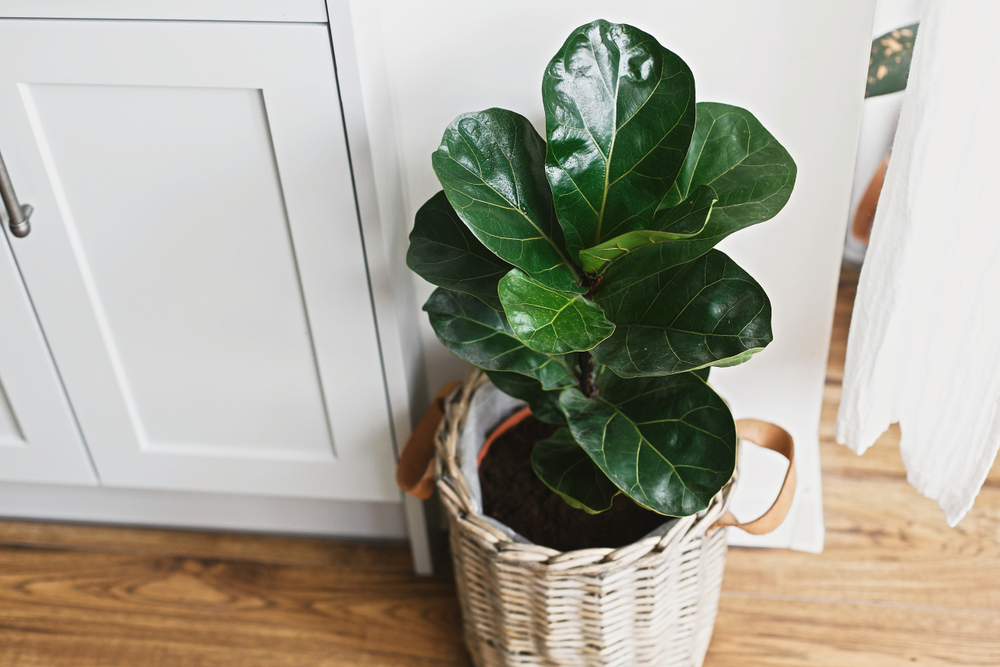
The Fiddle Leaf Fig is known for its large, glossy leaves and its striking architectural form, making it a standout plant in any room. While it thrives in bright, indirect light, it can tolerate lower light levels, making it suitable for dimmer rooms during winter. Its bold appearance adds instant vibrancy to your home, and its tall stature can help fill empty spaces that may otherwise feel bare in the colder months.
In addition to its beauty, the Fiddle Leaf Fig helps improve indoor air quality. It requires moderate care, needing occasional watering and well-draining soil to thrive. Keep it away from drafts and ensure it receives consistent indirect light for the best growth, and it will bring warmth and life to your home during the winter months.
Rubber Plant (Ficus elastica)
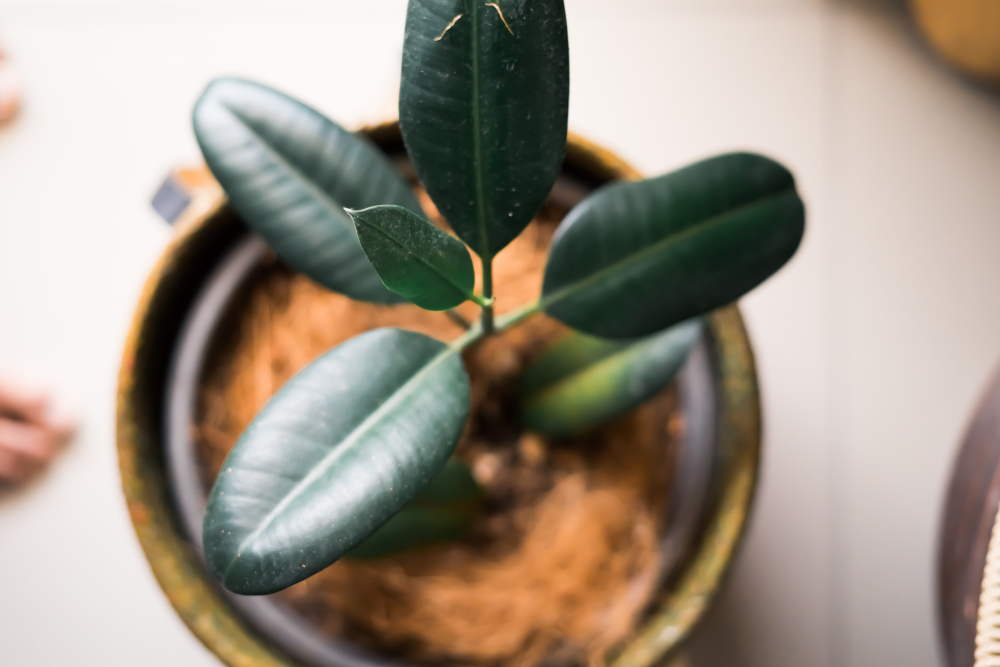
The Rubber Plant is another indoor plant that thrives in the winter months due to its tolerance for low light and its ability to handle drier indoor conditions. With its large, glossy leaves in varying shades of green, this plant adds both color and texture to your space. It does well in indirect light, and like the Fiddle Leaf Fig, it can fill up empty spaces with its upright growth.
Rubber Plants also purify the air, making them great for maintaining a healthier indoor environment during winter, when homes are often sealed and air quality can decline. It requires only occasional watering, as it’s more susceptible to root rot if overwatered. With minimal care and attention, the Rubber Plant will grow steadily throughout the winter, adding both visual appeal and cleaner air to your home.
Cast Iron Plant (Aspidistra elatior)
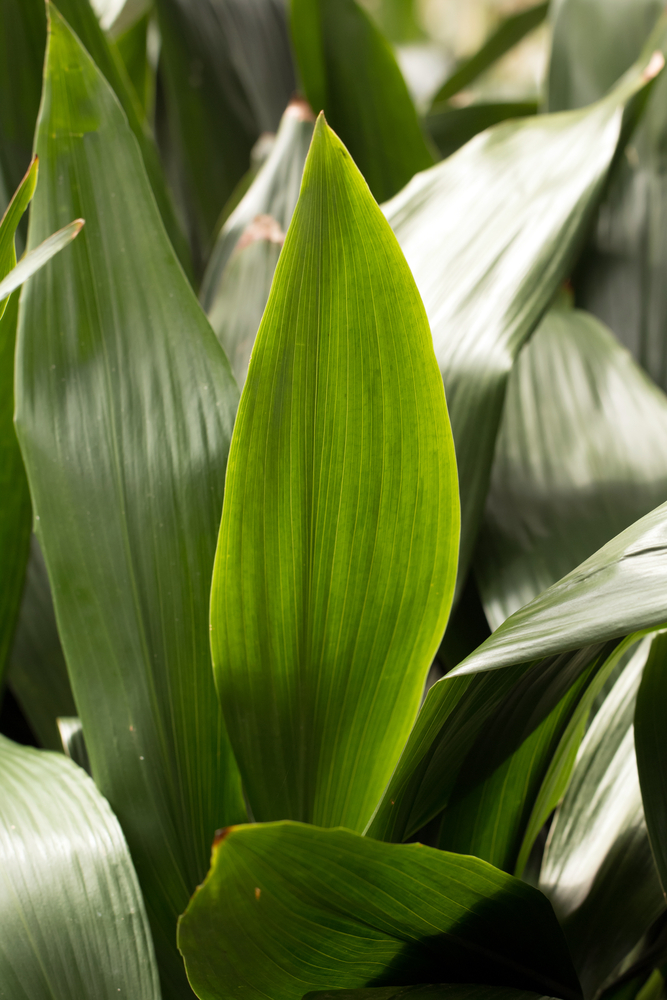
The Cast Iron Plant is aptly named for its hardiness and ability to survive in a range of conditions. It thrives in low-light environments and can tolerate dry air, making it perfect for the winter months when indoor temperatures fluctuate. This plant has broad, dark green leaves that make it a lovely addition to darker corners or spaces where other plants might struggle.
It requires little maintenance, needing only occasional watering when the soil is dry. The Cast Iron Plant is perfect for those who want a reliable, no-fuss plant that adds greenery without demanding too much care. Whether placed in a living room or a hallway, this plant will provide consistent greenery throughout the cold months.
This article originally appeared on Avocadu.
